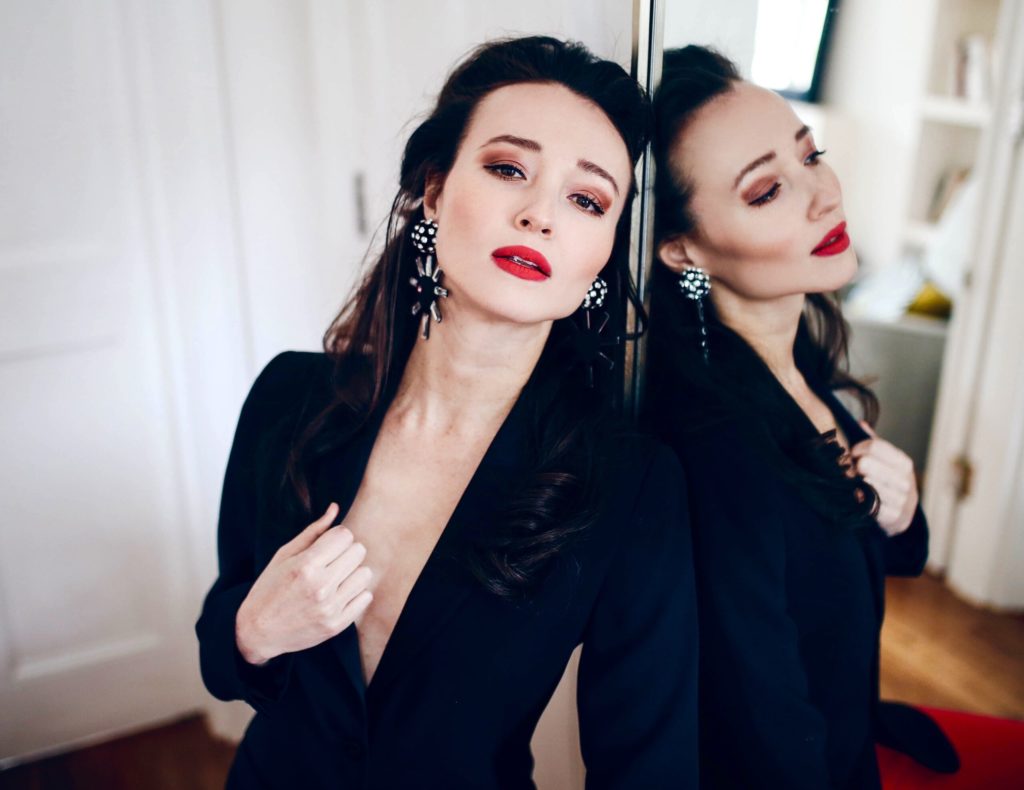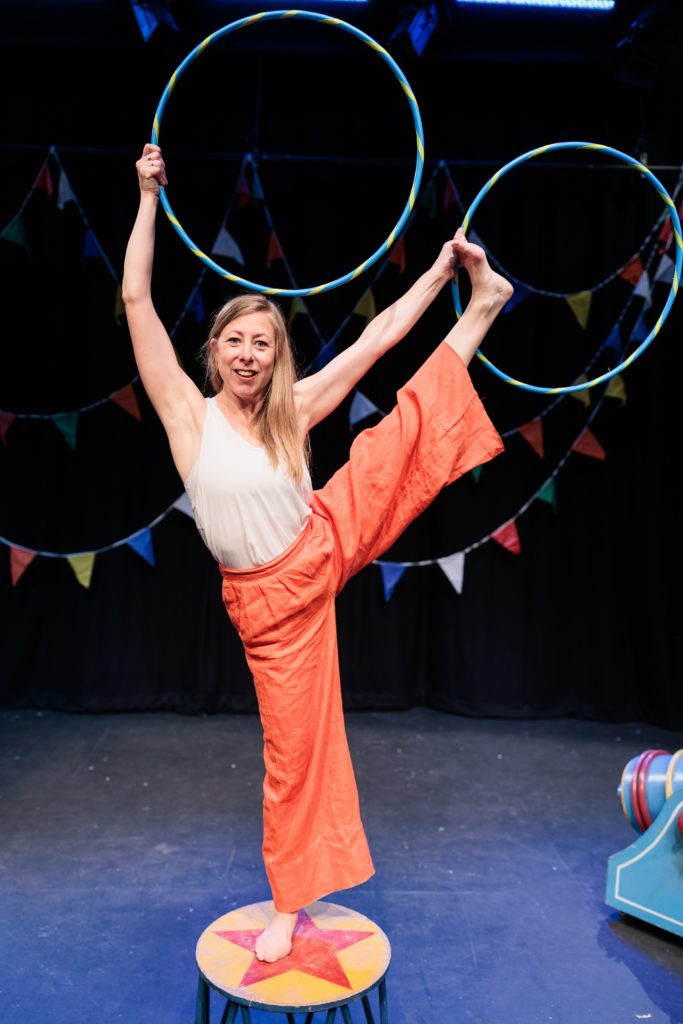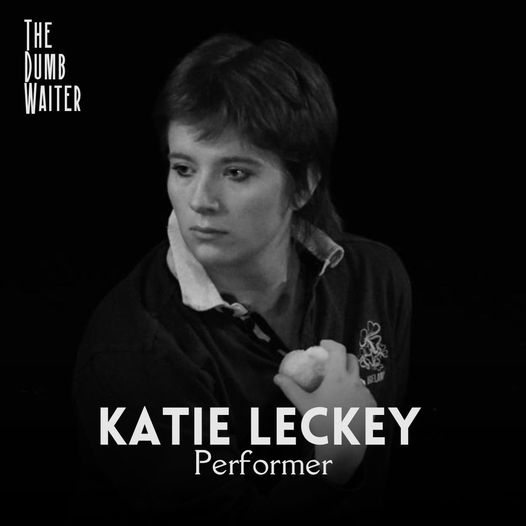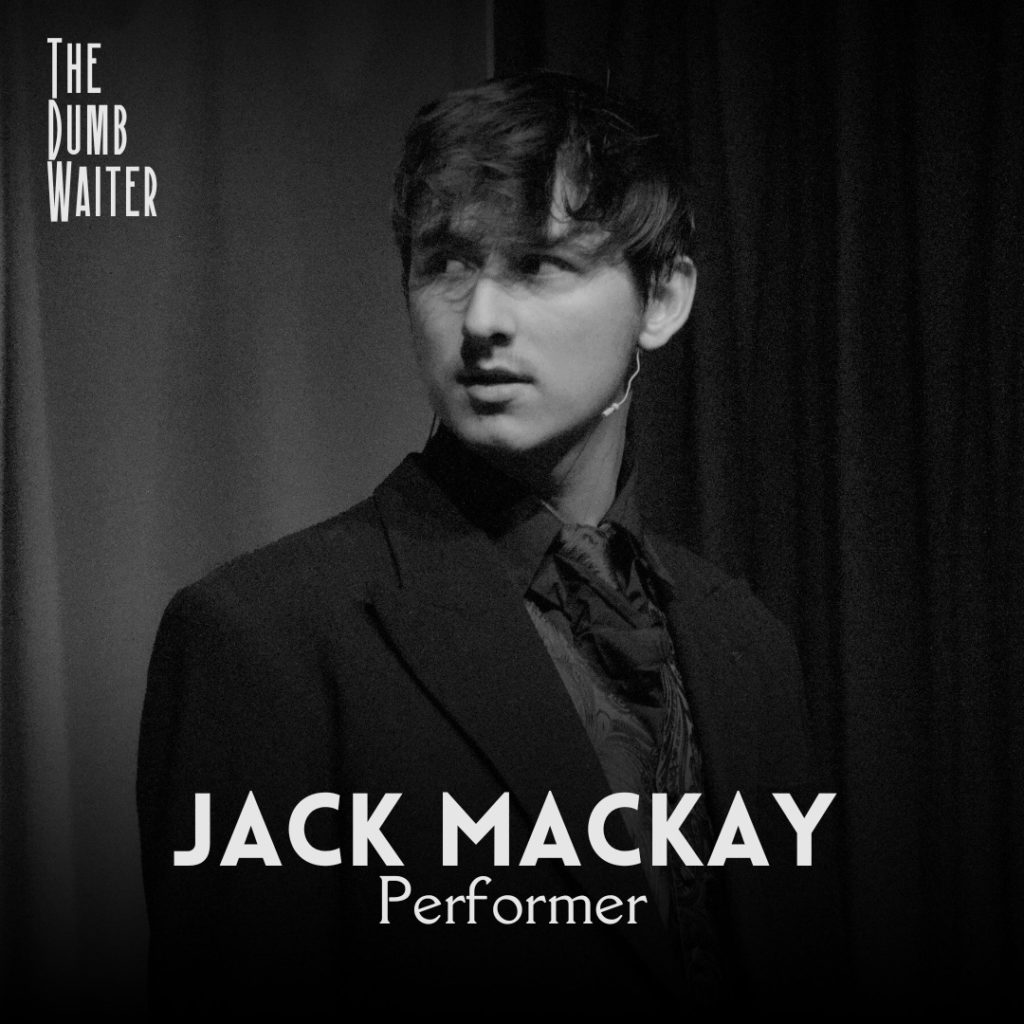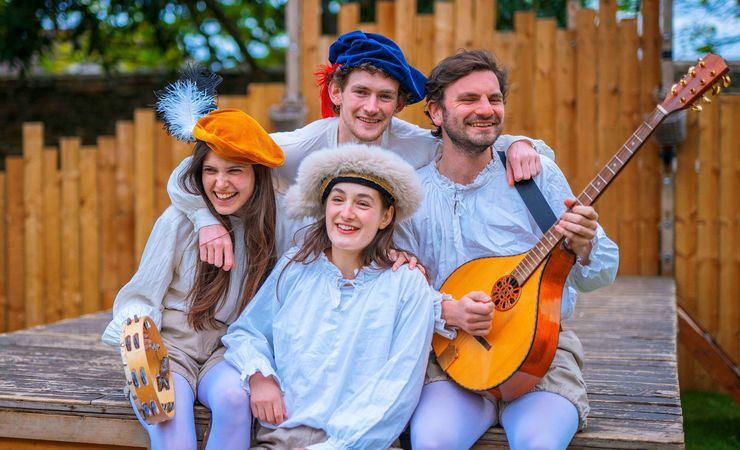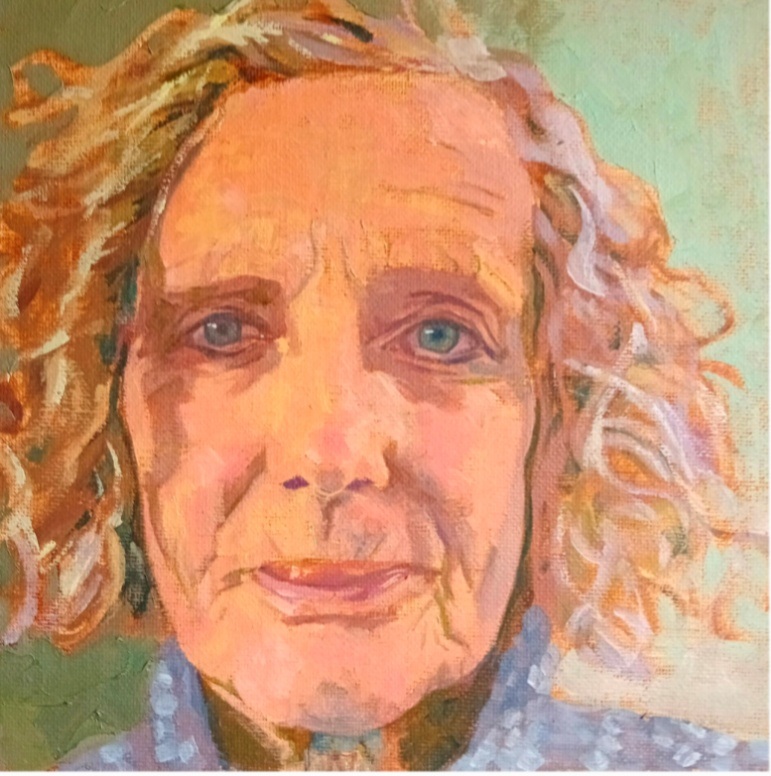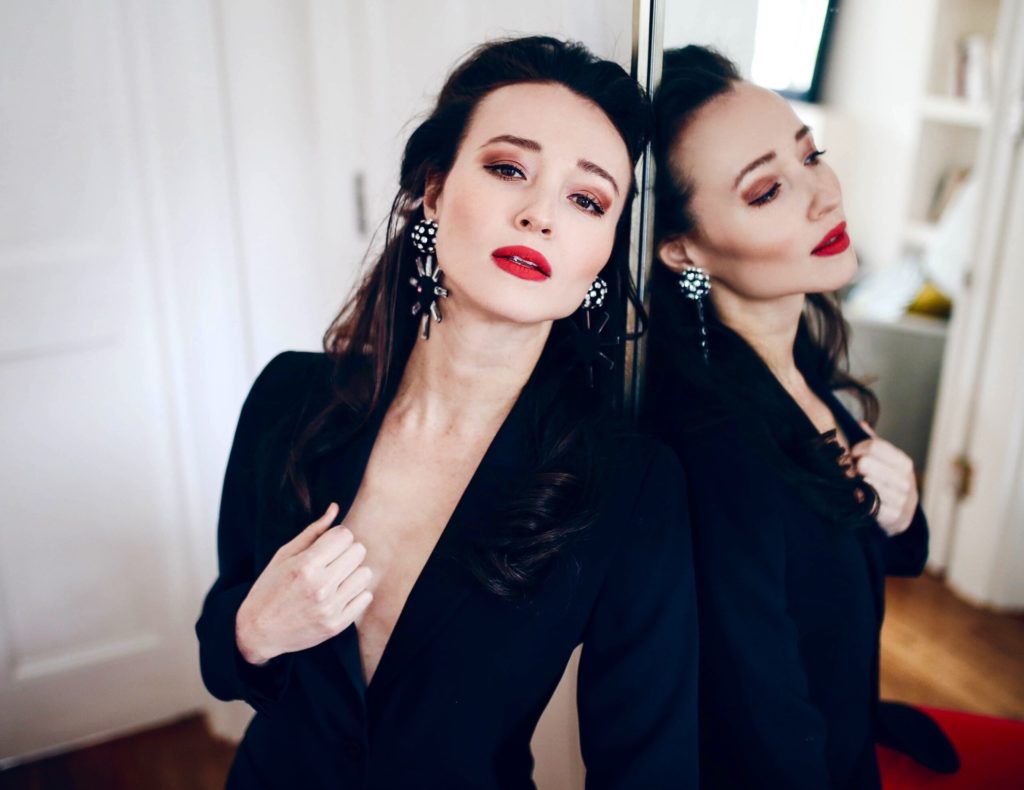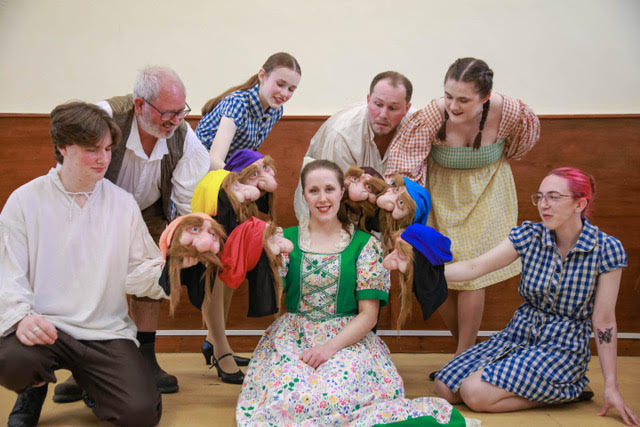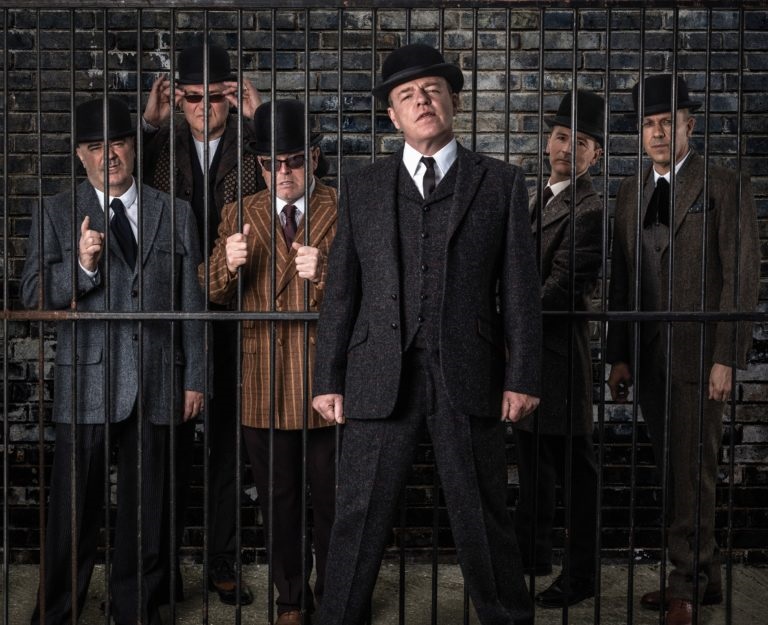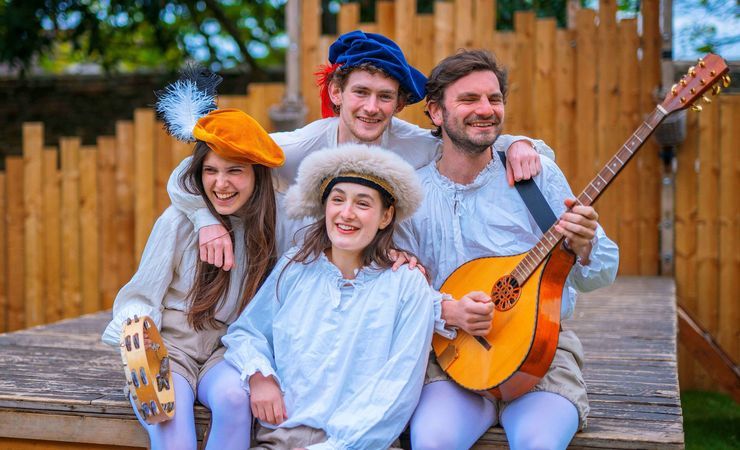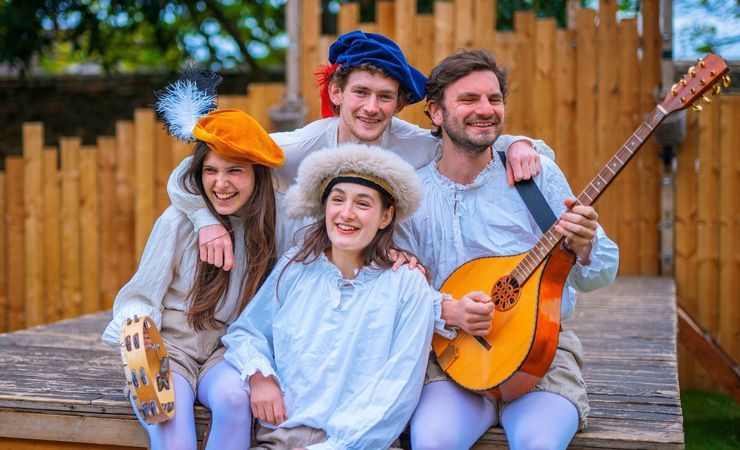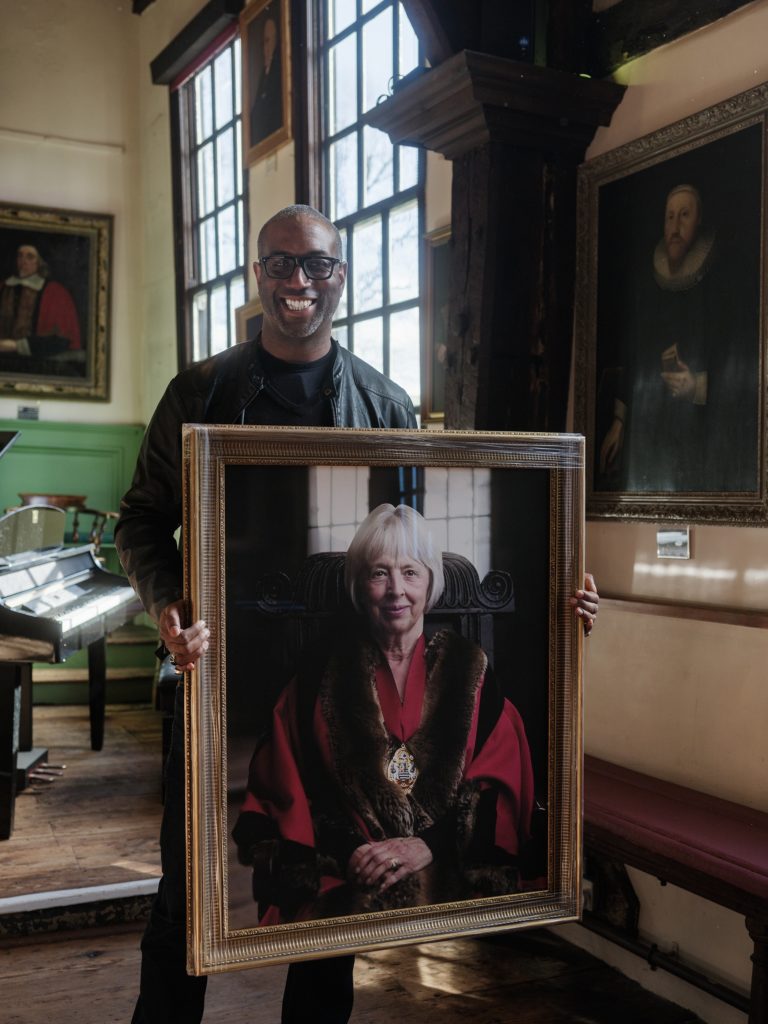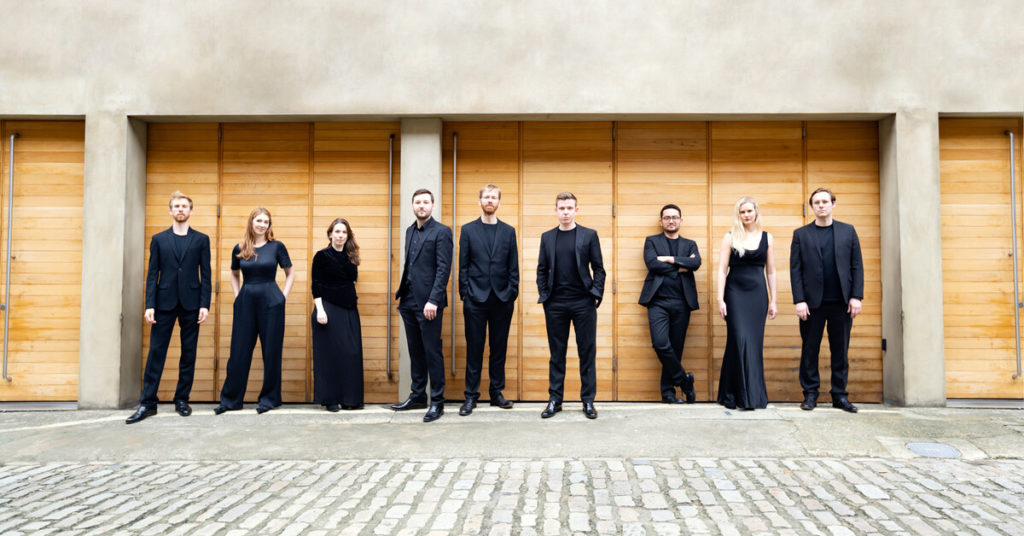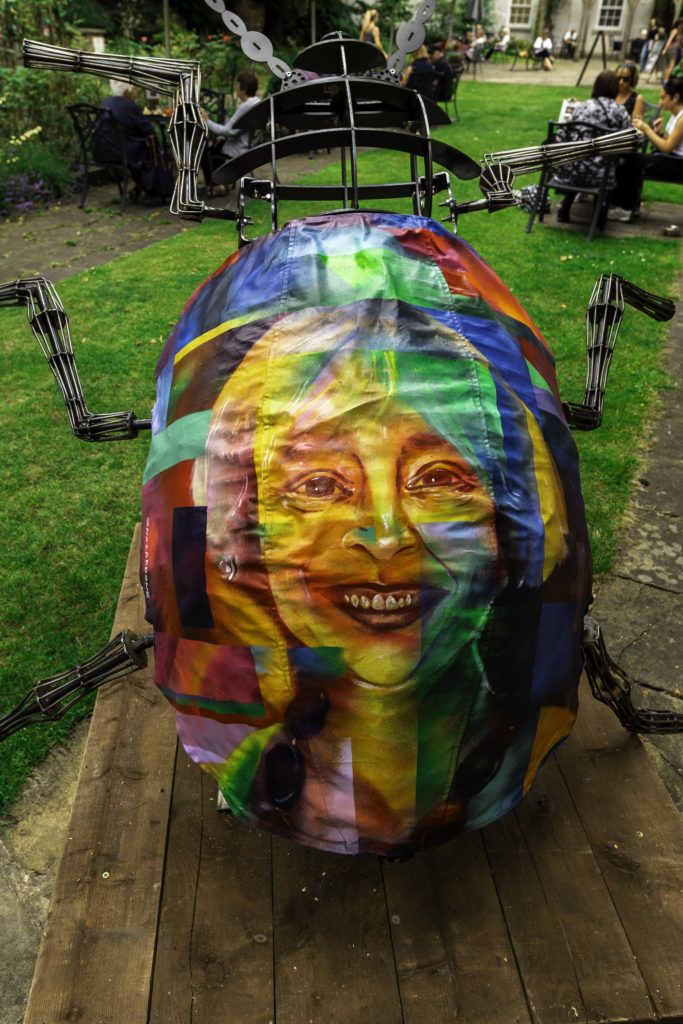
YORK Trailblazers, the city-wide sculpture trail celebrating York’s unsung heroes, launches on Yorkshire Day, August 1.
Organised by York Civic Trust and Make It York, the trail is co-curated with organisations, community groups, schools and universities with £249,999 funding from the National Lottery Heritage Fund.
The Trailblazers project provides the opportunity to discover these lesser-known people who have made a difference to lives either locally or globally.
Members of the public and community groups nominated their trailblazers, whereupon a co-created final list of these stories was researched by partner organisations, highlighting each invaluable contribution.
To honour these remarkable individuals, artists worked with community groups to create the tansy beetle sculptures that represent them.
Why tansy beetles, you may well be asking. This beetle, an emblematic symbol of York, was chosen on account of its connection to the city, one of only two places where tansy beetles are found.
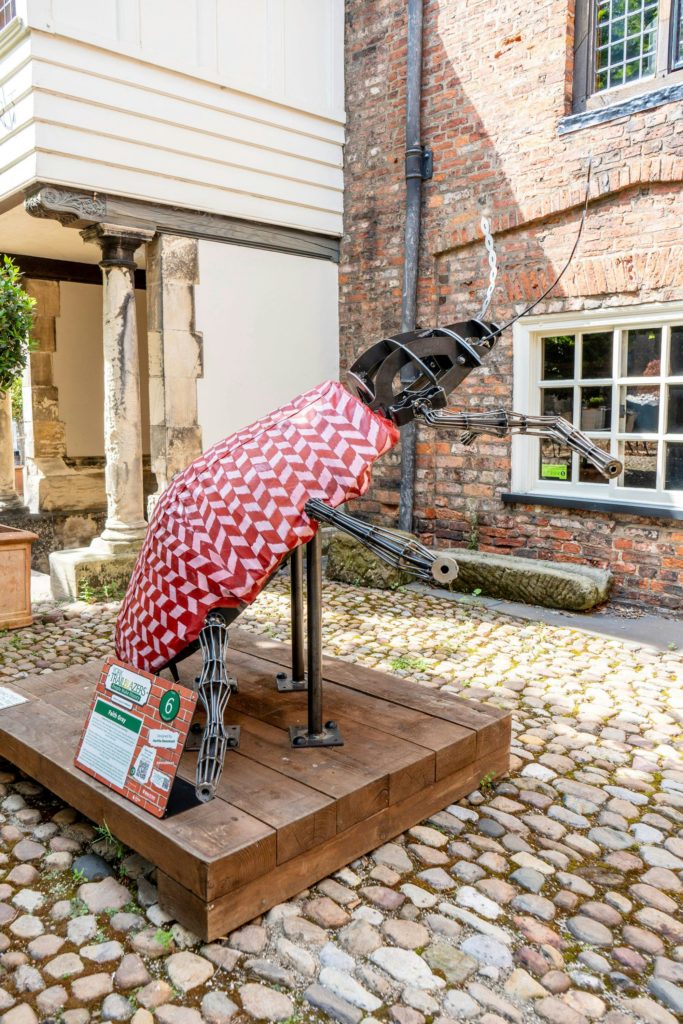
This vibrant and resilient beetle mirrors the spirit of the Trailblazers – each sculpture not only pays tribute to these changemakers but also brings their stories to life along the trail.
Andrew Morrison, chief executive officer of York Civic Trust, says: “The York Trailblazers project has revealed a fantastic range of people from York, many of whom we did not know of before. With Make It York, it has been fantastic to collaborate with so many local artists and communities. We hope that this is the first of many such celebrations.”
The sculpture trail has been designed to be as sustainable as possible. The materials used are recycled, repurposed or recyclable and the sculptures and the reused bases will be repurposed or recycled after the trail has ended.
Each sculpture has been produced by local artists and crafters working with local people to create “something unique and meaningful to them”. The choice of sustainable materials and artwork and the decoration of each sculpture has been developed by the partnership of artist and local community. This process of sustainable co-production is considered to be as important as the finished product.
Commissioned to create the beetle structure, Tom Springett Metalwork Creations drew on his experience of working in set construction, visual merchandising, architectural metalwork and art fabrication industries to create the metal works of art.

Some of the sculpture artwork may exist only for a few weeks but the beetle structure itself and an accessible digital record of the artwork will continue to celebrate York’s Trailblazers.
Seventeen sculptures will be placed throughout the city, each one reflecting a different trailblazer, designed to capture the legacy of these inspirational people,.
Among them will be The Luddites,a sculpture created collaboratively by a small group of people affected by homelessness with the Good Organisation. Rather than celebrate an individual ‘trailblazer,’ it serves to commemorate 64 Luddites who were tried in the court in York in 1813.
The Luddites were a group of early 19th-century workers who protested against the introduction of machinery that they believed threatened their jobs. The movement began in the textile industry, where mechanised looms and knitting frames were replacing traditional hand-weaving methods, leading to job losses and reduced wages for skilled workers.
Although the Luddite movement did not stop the process of industrialisation, it highlighted the social and economic challenges faced by workers during a period of unprecedented change, and many of their underlying concerns still resonate today with the rapid rise of AI and digital technology.
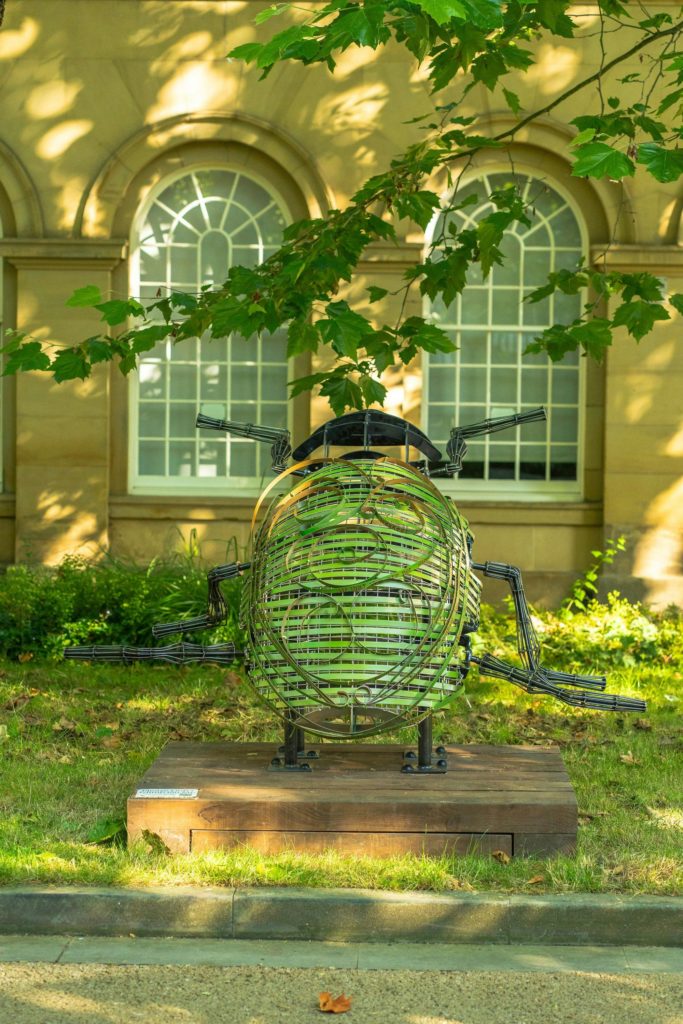
The Luddites sculpture at the Eye of York is designed by theatre and performance design graduate Alex Gray, an aspiring theatre designer now working as a stagehand at the Darlington Hippodrome.
The Delma Tomlin sculpture was researched by the Merchant Adventurers’ Hall and National Centre for Early Music. Dr Delma Tomlin MBE is a living trailblazer, who came to York in 1984 to administer the York Festival Mystery Plays and loved the city far too much to ever leave.
She championed the move to return the York Mystery Plays to the city streets and served as chief executive officer of the Millennium production in York Minster.
As the founder of the National Centre for Early Music, based in the medieval church of St Margaret’s in Walmgate, Delma has been a pivotal figure in music making, focusing her energies on supporting young professional musicians locally, nationally and internationally and flying the flag for York whenever possible.
A member of the York Merchant Adventurers Company, in 2022 Delma became the first woman to become Governor since the company’s inauguration more than 650 years ago in 1357. She does not plan to be the last.
The Delma Tomlin sculpture, sited at the Merchant Adventurers’ Hall, is designed by HazardOne, recognised by the Guardian as one of the top five female graffiti artists in the UK and named among the top 25 female street artists worldwide in the Huffington Post.
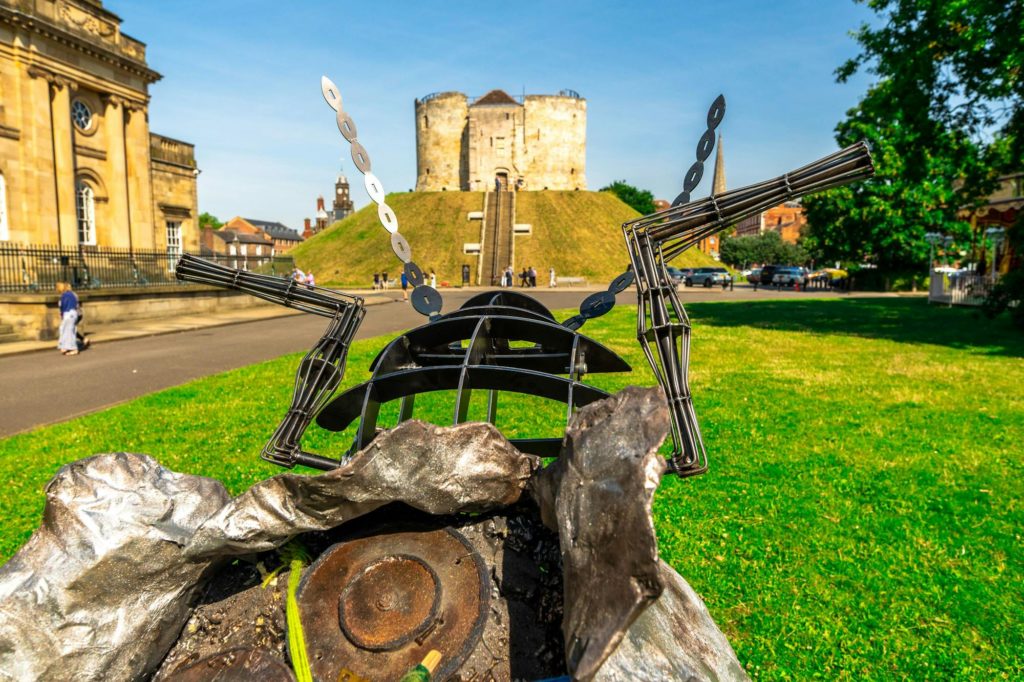
The York Young Carers sculpture, at the Principal York hotel, was researched by unpaid young adult carers aged 16-25 from the York Carers Centre, who worked with artist Zoe Phillips to represent unpaid carers in York, including both identified and hidden carers.
The group reflected that carers share similar experiences and circumstances, but have unique stories in their own right, and decided that it would be difficult to find one trailblazer to represent them all.
They felt the sculpture would be impactful if it enabled carers to recognise themselves as trailblazers for the roles they hold, sacrifices they make and difficulties they go through for the love of the person they care for.
They said the sculpture design “should be not what it appears – with lots going on underneath”. The group was struck by the grace of the tansy beetle’s exterior, along with the power and resilience of the driving legs and inner workings underneath the shell. They felt this was the perfect metaphor for a carer.
The York Young Carers’ sculpture designer, Zoe Phillips, is an inclusive mixed media artist who explores our connections with objects and the narratives they hold.

Reflecting on her journey, Zoe says: “Working with the young adult carers group has been important to me both personally and professionally. Finding a way to share the identity and voice of this incredible group of individuals, for whom time and space for themselves may be sparse but they find a way to draw connections and share how important community is, was key.
“The beetle exposes all the hidden workings, those background details that are often overlooked or taken for granted but are so important to the running of things. With huge thanks to all those who shared their thoughts and experiences with me, you really are one-of-a-kind trailblazers!”
The trail will run from August 1 to September 30, opening on Yorkshire Day, whose celebrations, activities and events in the city will include a Yorkshire-themed market on Parliament Street.
Sarah Loftus, managing director of Make It York, says: “York Trailblazers is an inspiring tribute to the pioneers whose courage and vision paved the way for our community’s future. This project not only celebrates their legacy but also creatively highlights the humble tansy beetle, reflecting York’s ongoing commitment to its conservation in the city.”
Full details can be found at visityork.org/york-trailblazers, including Meet The Trailblazers and Meet The Artist. You can download the trail map and a cycle trail for exploring the trail by bike and learn how to minimisie your environmental footprint by using public transport.
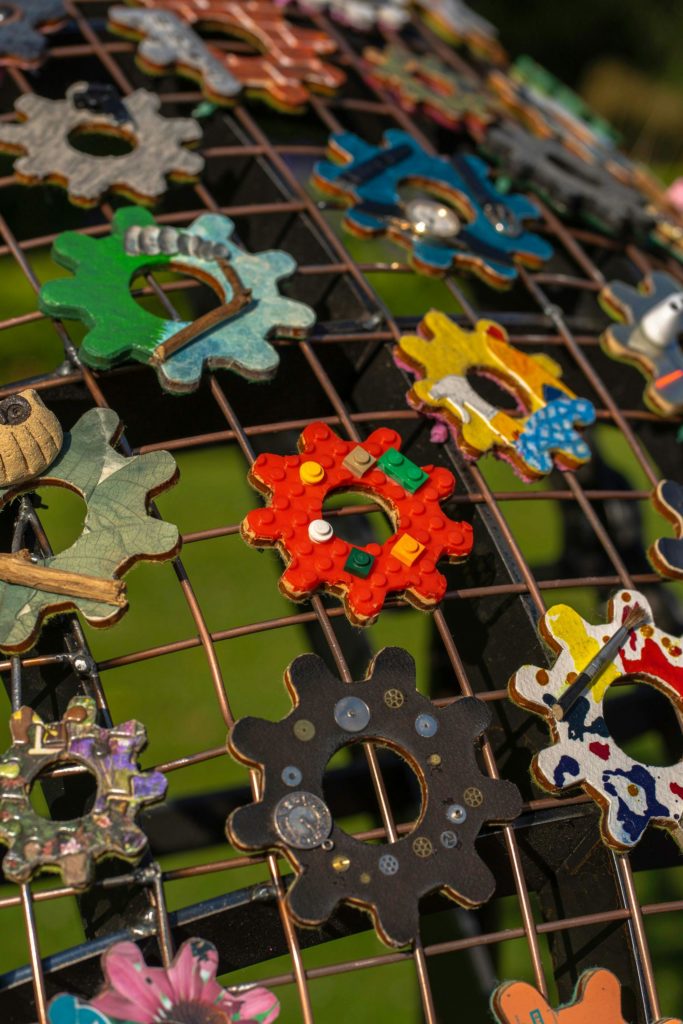
Did you know?
KNOWN as “the Jewel of York”, the endangered tansy beetle has been chosen as the emblem of the York Trailblazers project to reflect its special status as a York resident with its riverside habitat on the banks of the River Ouse.
The 17 sculpures
The Luddites
Location: Eye of York
Researched by: The Good Organisation.
Designed by: Alex Gray.
Rather than celebrate an individual ‘trailblazer,’ this sculpture serves to commemorate 64 Luddites who were tried in the court in York in 1813. This sculpture was collaboratively created by a small group of people affected by homelessness with the Good Organisation.

Coppergate Woman
Location: August 1 to 6: Parliament Street; August 6 onwards, Coppergate Walk
Researched by: University of York, Archaeology Department
Designed by: Sarah Schiewe
The Viking Age sometimes comes across as a world of rich and powerful men: kings, chieftains and raiders. This makes The Coppergate Woman, known affectionately by the research team and artists as Vigdis, an important Trailblazer: she tells us about her life as a migrant woman living with disabilities in York 1,000 years ago.
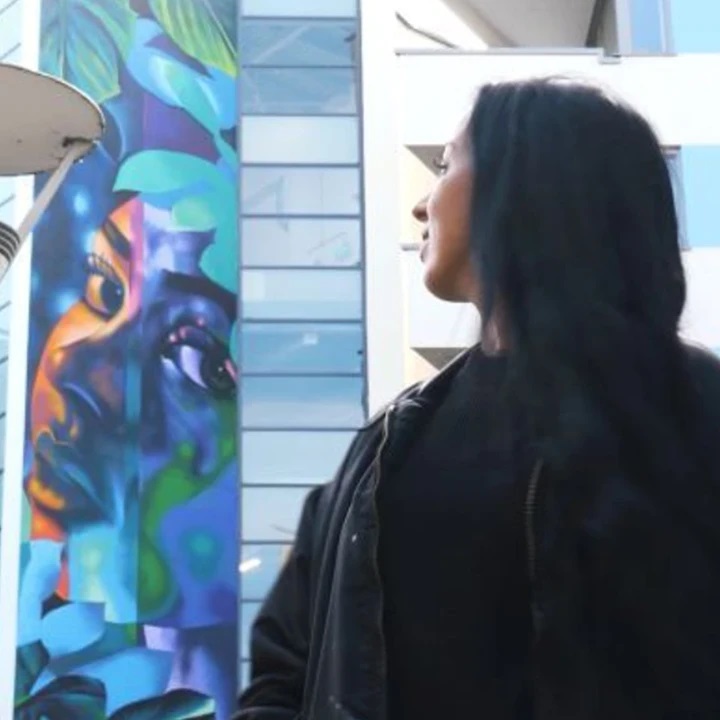
Delma Tomlin
Location: Merchant Adventurers’ Hall
Researched by: Merchant Adventurers’ Hall and National Centre for Early Music, York
Designed by: HazardOne
Dr Delma Tomlin MBE is a living trailblazer. As the founder of the National Centre for Early Music, based in the medieval church of St Margaret’s in Walmgate, Delma has been a pivotal figure in music making – focusing her energies on supporting young professional musicians locally, nationally and internationally – and flying the flag for York whenever possible.
John Chesterman and Stuart Feather
Location: Spurriergate
Researched by: Queer Arts
Designed by: Jade Blood
John Chesterman and Stuart Feather, both from York, were instrumental in the Gay Liberation Front (GLF), organisers of the first ever Pride march in 1972.
Anne Lister
Location: Holy Trinity Church, Goodramgate
Researched by: York University and Churches Conservation Trust
Designed by: Shannon Reed
Anne Lister’s (1791-1840) life and diaries have blazed a trail for the LGBTQIA+ community today, helping people understand their history and embrace their identity.
Faith Gray
Location: Grays Court Hotel, Chapter House Street
Nominated by: York St John University
Designed by: Martha Beaumont
Faith Gray (1751-1826), born in York, dedicated her life to improving the conditions of girls and women in York. Her legacy of compassion and social progress endured beyond her death, paving the way for future generations of women reformers.
Mary Kitson Clark
Location: York Museum Gardens
Researched by: Yorkshire Philosophical Society
Designed by: Sian Ellis
Mary Kitson Clark (1905-2005) was one of the first female archaeologists to be recognised in a professional capacity in the UK for her significant contributions to the study and conservation of York’s archaeological heritage.
WH Auden
Location: West Offices, Station Rise
Researched and designed by: Navigators Art and Performance
Wystan Hugh Auden (1907-1973) was born in Bootham, York. Informed by science and engineering, his fascination with the world and its workings was expressed in a myriad of poetic forms, earning him the title “the Picasso of modern poetry”.
York Young Carers
Location: Principal York, Station Road
Researched by: York Young Carers
Designed by: Zoe Phillips – By Deckle and Hide
Unpaid young adult carers aged 16-25, from the York Carers Centre, worked with artist Zoe Phillips to represent unpaid carers in York, including both identified and hidden carers.
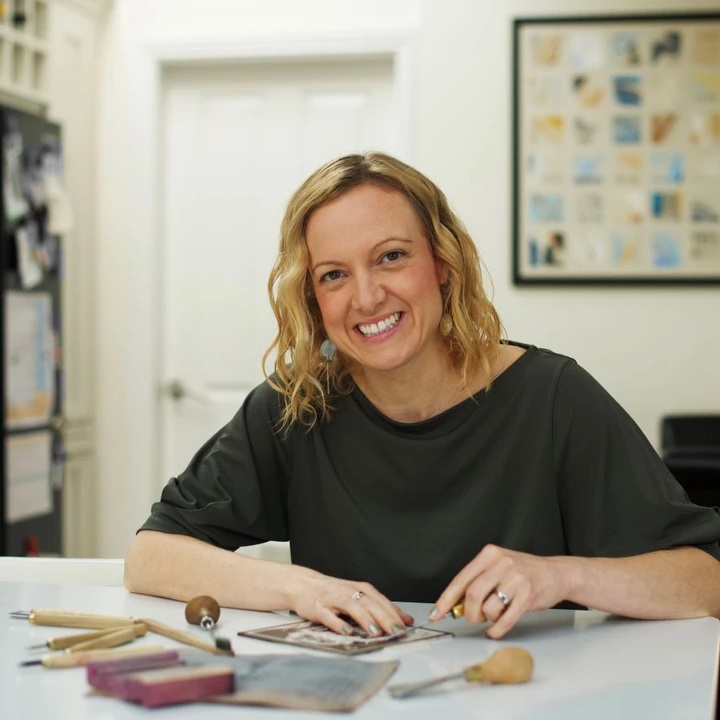
Mary Ward
Location: Bar Convent Living Heritage Centre, Blossom Street
Researched by: All Saints School and Bar Convent
Designed by: Jen Dring
Mary Ward (1585-1645) was a visionary Yorkshire woman who revolutionised education for girls in England. Despite societal and religious restrictions, Mary dedicated her life to providing equal education opportunities for girls, believing “there is no such difference between men and women that women may not do great things.”
Ivory Bangle Lady
Location: York Railway Station, Station Road
Researched by: University of York Archaeology Department
Designed by: York Anti-Racist Collective
The woman who has become known as the ‘Ivory Bangle Lady’ was buried at Sycamore Terrace, York, in the second half of the fourth century CE. As a trailblazer, the Lady has marked an important path in showing that ethnic and religious diversity and immigration is written in York’s history from its very beginning.
Annie Coultate
Location: Fishergate Primary School, Escrick Street
Researched by: Fishergate, Fulford and Heslington Local History Society
Designed by: Christine Joplin
Annie Coultate (1856 -1931), a dedicated suffragette, was instrumental in the women’s suffrage movement in York.

Mary Tuke
Location: St Lawrence Parish Church, Lawrence Street
Researched by: Hempland Primary School
Designed by: Heather Dawe and Sarah Jackson
Mary Tuke was a pioneering woman who displayed remarkable ambition, resilience and courage. In 1725, as a Quaker in her thirties who had lost her family, Mary opened a grocer’s shop in Walmgate, York, defying societal norms.
Roma and Geoff
Location: Millennium Bridge Park, Hospital Fields Road
Researched by: The Tansy Beetle Action Group
Designed by: Cathy Simpson
The Tansy Beetle Action Group (TBAG) was established in 2008 by Geoff and Roma Oxford (University of York), following the designation of the rare and beautiful Tansy beetle as a UK conservation priority.
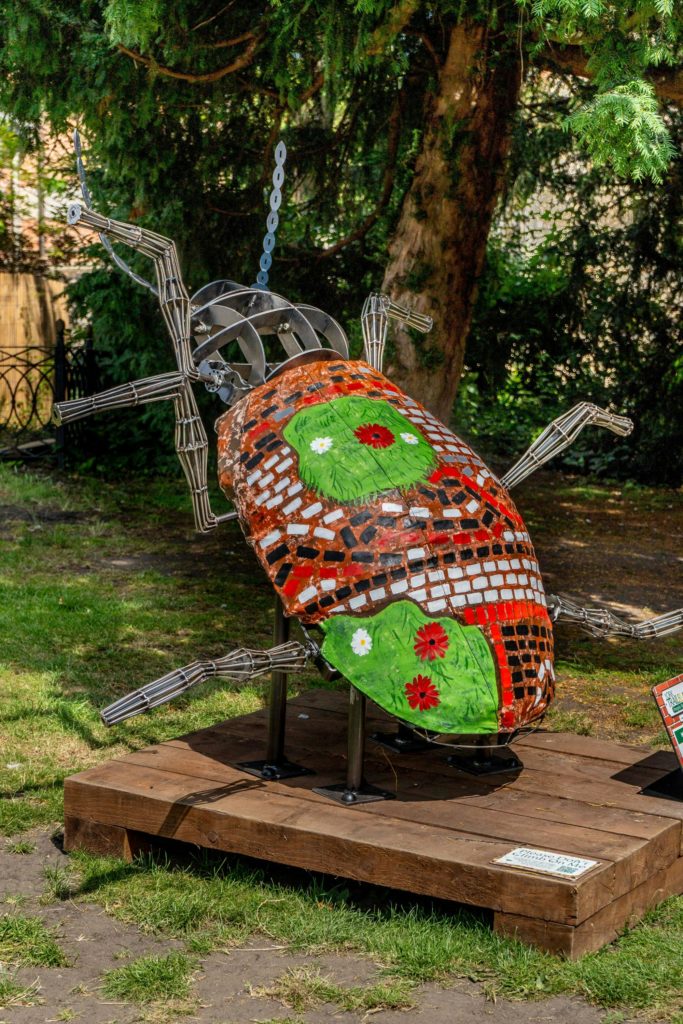
June Hargreaves
Location: Rowntree Park
Researched by: Herstory. York and Make Space for Girls
Designed by: Emma Feneley
The way historic cities such as York protected their heritage was transformed in the mid-1960s by a new law on ‘Conservation Areas’. This was the idea of June Hargreaves, a young York town planner, who became York’s senior planning officer in 1961.
Michael Rowntree
Location: Homestead Park, Water End
Researched by: The Rowntree Society
Designed by: Natalie McKeown
Michael Rowntree (1919-2007), from the globally renowned York confectionery family, held senior roles in Oxfam and was chairman from 1971 to 1977, during a time when the charity delivered its biggest ever aid package and set up the country’s first textile recycling plant.
Rosie Wall
Location: Sanderson Community House, Bramham Road, Acomb
Researched by: The Place at Sanderson Community House
Designed by: Leo Morey
Rosie Wall has dedicated herself to the Chapelfields community. She was instrumental in developing the Sanderson Court Community House (now The Place), and Crossroads, a safe space for young people, addressing significant anti-social behaviour in the area.
York Trailblazers: the back story

FULL details at York Trailblazers Hub page: visityork.org/york-trailblazers
YORK Trailblazers, the new city-wide sculpture trail, launched on August 1, kicking off the Yorkshire Day celebrations in York.
The sculpture trail celebrates York’s unsung heroes. Centred around the tansy beetle, each sculpture has a different design to capture the legacy of these inspirational people who have made a difference to people’s lives.
At the launch celebrations at THOR’s Orangery, artists and trailblazers gathered to enjoy the first day of the trail alongsidethe featured sculptures, Coppergate Woman.
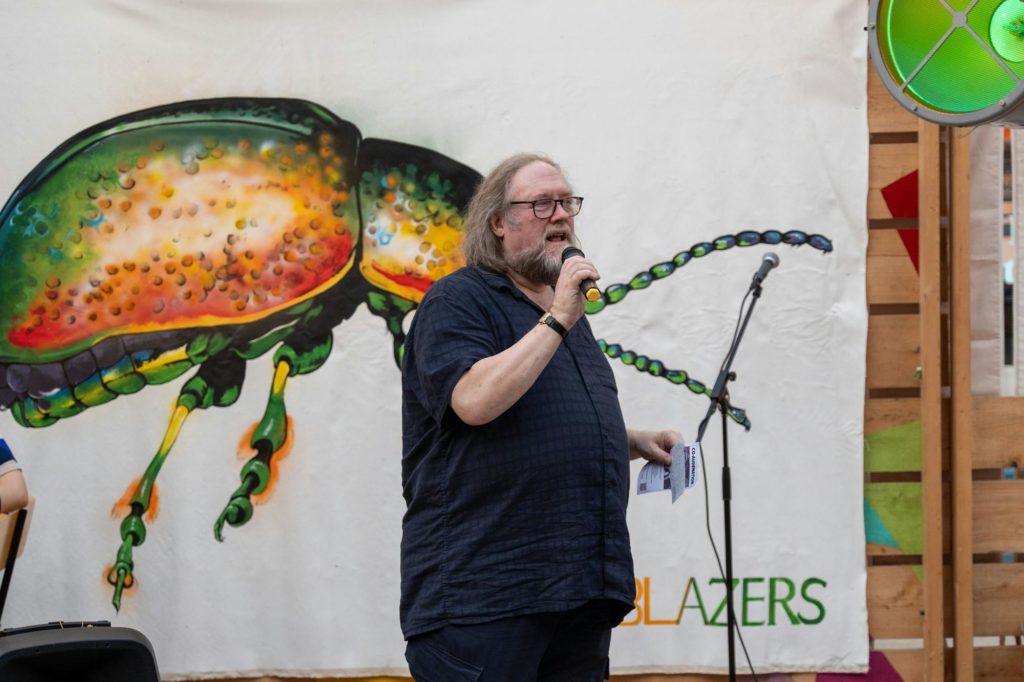
Coppergate Woman depicts the life of a migrant woman living with disabilities in York 1,000 years ago. This sculpture will be on Parliament Street until August 6, then moving to Coppergate Centre, where she lay until she was discovered by archaeologists from the York Archaeological Trust in the late-1970s.
Discovered in a shallow pit by the river Foss, the remains of this unknown woman are displayed in a glass case in Jorvik Viking Centre. Her story was brought to life in Maureen Lennon’s play The Coppergate Woman, staged as a community production by York Theatre Royal from July 30 to August 7 2022.
A special mural was painted for the launch day by Gemma Wood. This will stay in place on THOR’S exterior until August 18.
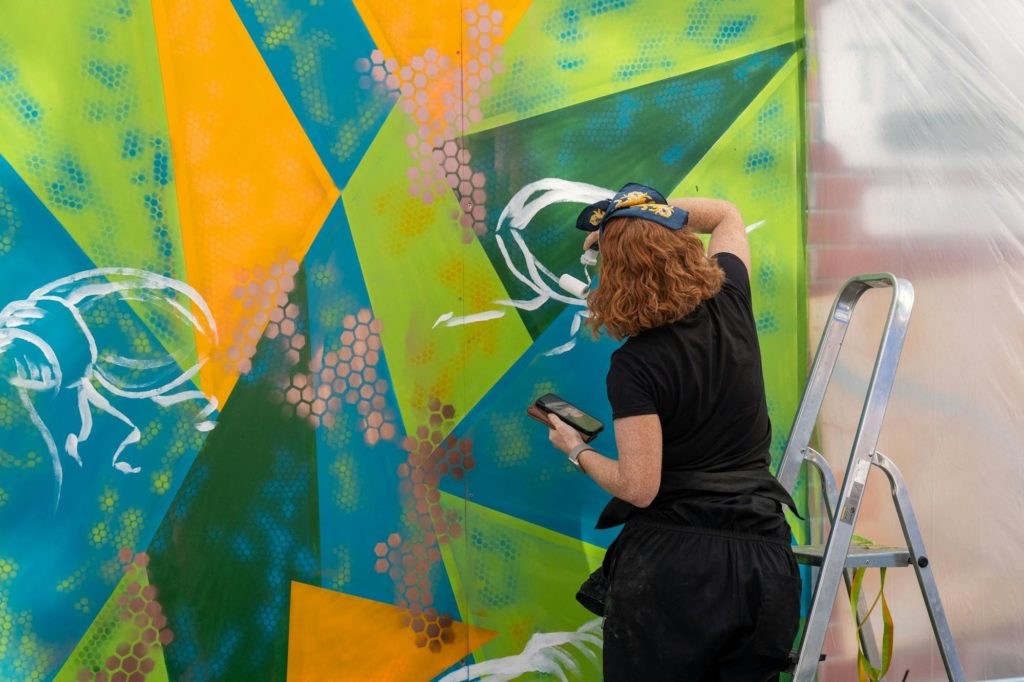
Tansy Beetle facts:
The River Ouse has the largest population of tansy beetles in the UK, found on a 30km stretch of the river.
The iridescent green leaf-beetle, approximately 10 mm in length, has a smaller population at Woodwalton Fen, Cambridgeshire, where it was re-discovered in 2014.
Tansy beetles rarely fly; they find new food plants and habitats by walking. Finding a breeding partner is made more difficult by this resticted mobility. Most active in April and May, then August and September.
The tansy beetle is named after the Tansy plant, whose reduction in number has led to the beetle’s declining population too.
As an endangered species, tansy beetles are being monitored and bred in captivity to ensure that the populations do not disappear.
Trailblazers project facts:
National Lottery Heritage Fund Grant: £249,999.
More than 40 community groups have been involved.
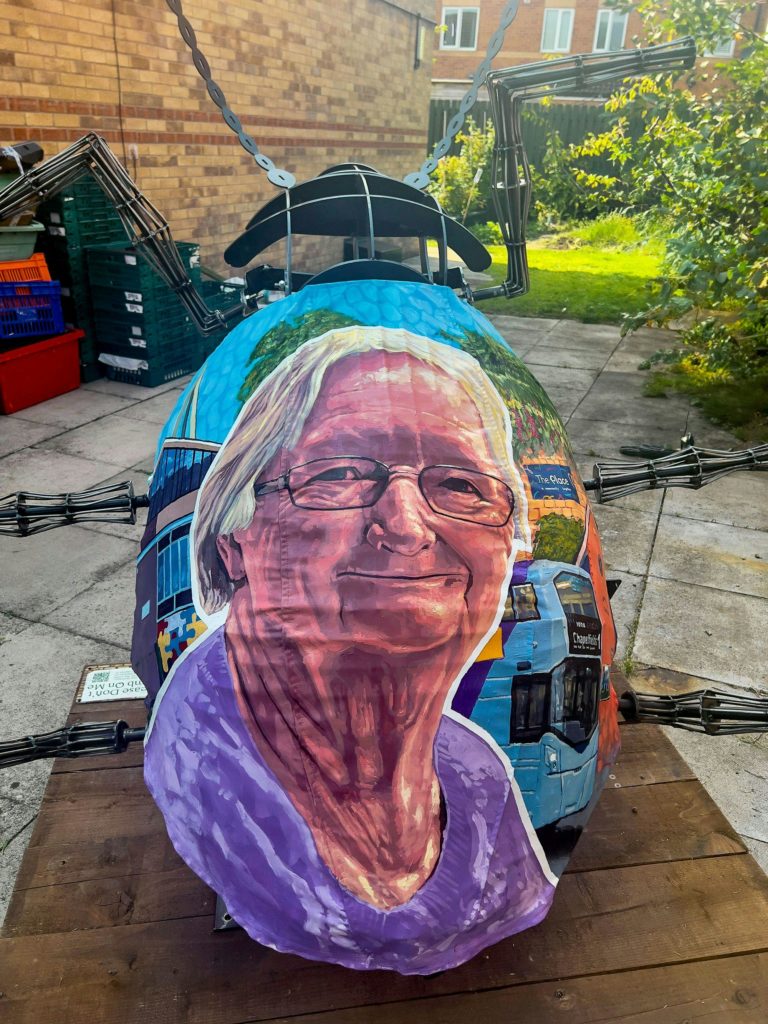
More than 1,000 schoolchildren participated in school workshops.
£30,000 of community grants were awarded to 23 York groups.
More than 150 workshops have been delivered.
39 York Trailblazers have been researched and celebrated.
17 Tansy Beetle Trailblazer Sculptures have been created.
What has the £249,999 support from the National Lottery Heritage delivered?
A COMMUNITY workshop programme to allow local communities and residents to research and uncover new trailblazers for York.
A community grants programme to enable heritage organisations, voluntary and community groups to contribute to the project, especially those groups who have not accessed heritage activities before.
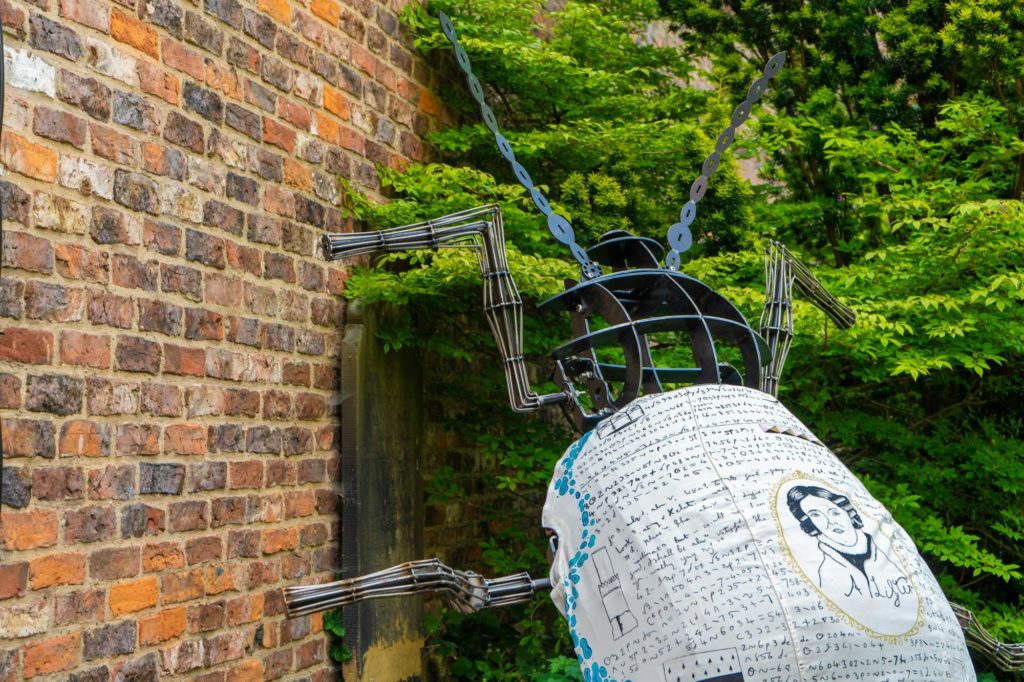
A digital arts project to help celebrate York’s designation as a UNESCO Creative City of Media Arts.
A heritage trail around the city working with artists and communities, inspired by York’s lesser-known heritage stories.
A school workshop programme and resource packs providing opportunities for young people to learn more about their heritage and, in particular, the trailblazers that form the sculpture trail.
Sustainability
THE sculpture trail has been designed to be as sustainable as possible. The materials used are recycled, repurposed or recyclable and the sculptures and the reused bases will be repurposed or recycled after the trail has ended.
The choice of sustainable materials and artwork and the decoration of each sculpture has been developed by the partnership of artist and community. This process of sustainable co-production is as important as the finished product.
Tansy Beetle metalwork
COMMISSIONED to create the beetle structure, Tom Springett, Metalwork Creations drew on his experience of working in set construction, visual merchandising, architectural metalwork and art fabrication industries, to create these metal works.
Before the York Trailblazers metal works, a Tansy Beetle mural took shape in York…

STREET artist ATM, known for his depiction of endangered species, painted his mural of a tansy beetle on a brick wall on Queen Street, York, in 2019. Capturing the insect’s shimmering green hue, it is a bejewelled highlight of the walk from Micklegate to York Railway Station.



